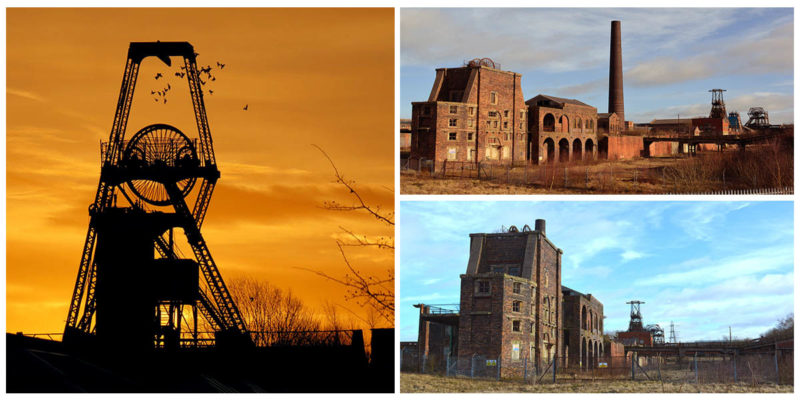It was known as the biggest mine in the celebrated coalfield of North Staffordshire. When exactly coal was mined for the first time in the area of Whitfield remains unclear. According to some researchers, coal mining in the area goes back as far as the 13th century.
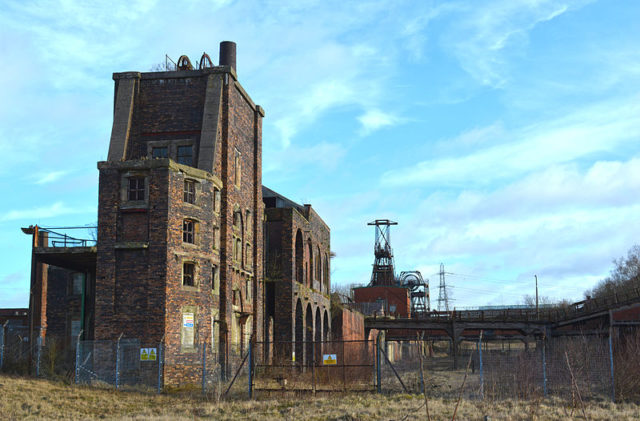
It is widely believed that Hulton Abbey’s monks even extracted coal in the 14th century. More serious mining activities at this site were recorded in 1750.
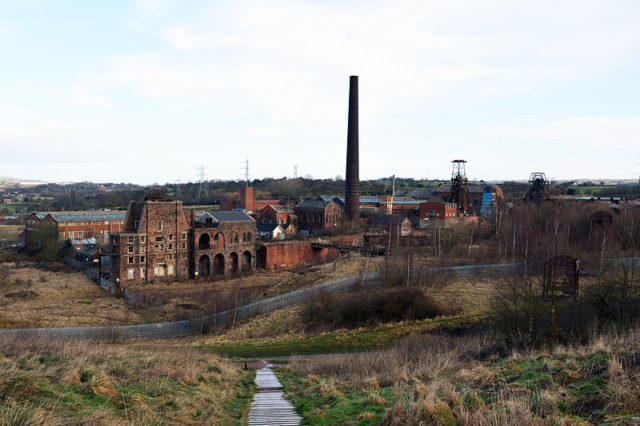
In 1838, Thomas Hargreaves began research to evaluate the amount of coal in Whitfield. During this period, the engine house was already built, as was the carpenter’s workshop and the brick factory.
Some 12 years later, Hugh Henshall Williamson, a local man that lived close to the Greenway Bank Hall, became involved with the mining efforts in the area. Although his exact activity is not known, he was likely one of the first to use some of the shafts found on site.
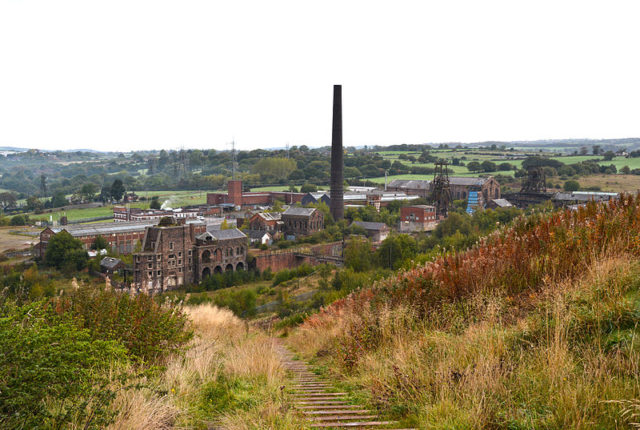
Later on, Williamson’s work led to the expansion and deepening of a number of shafts. The construction of the Biddulph Valley Railway in 1860 further extended the mining of coal.
Over time, the mines became deeper and the only way miners could descend into them was via tubes hooked onto chains and ropes. The same tubes served to extract the coal. As the shafts became longer, the work became riskier.
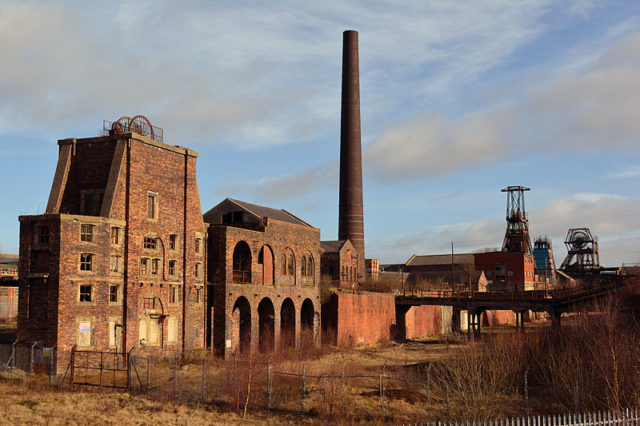
One major hazard was the methane gas. This dangerous gas is highly flammable, and at the time, miners used candles to light their way in the mine, which could cause fires or explosions in the event of a methane gas leak in one of the tunnels.
Upon the death of Hugh Henshall Williamson, the mine’s ownership went to an assembly of people that called themselves the “Gentlemen of Tunstall.” The first thing on their agenda was to further extend the capacity of the mines by making them even deeper (particularly aiming at the Engine pit and the Ragman pit).
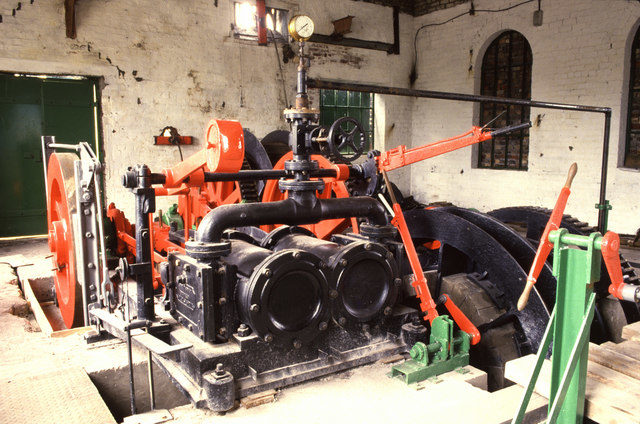
During this period, the tubes to lower the miners were removed and replaced by cages, which tremendously improved safety standards for the workers. However, the company eventually began to falter and the mine was purchased by Chatterley Iron Company Limited.
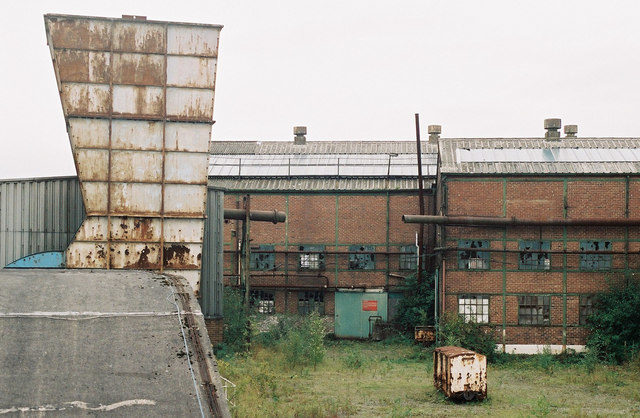
By now it had become common practice to widen and deepen the mine shafts, and so the Chatterley Iron Company did just that: it further deepened the previously neglected Bellringer shaft. They even started to expand an old mine shaft that had been used by Hugh Henshall Williamson.
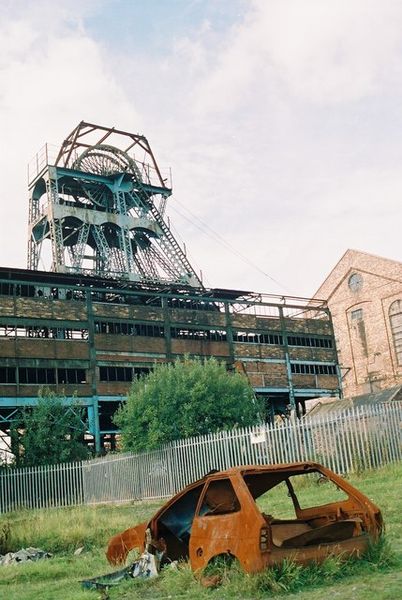
This shaft was later named after Charles J. Homer’s daughter Laura. Many mines have had accidents associated with them, and Whitfield is no exception. Once particularly remarkable incident happened on February 7th, 1881.
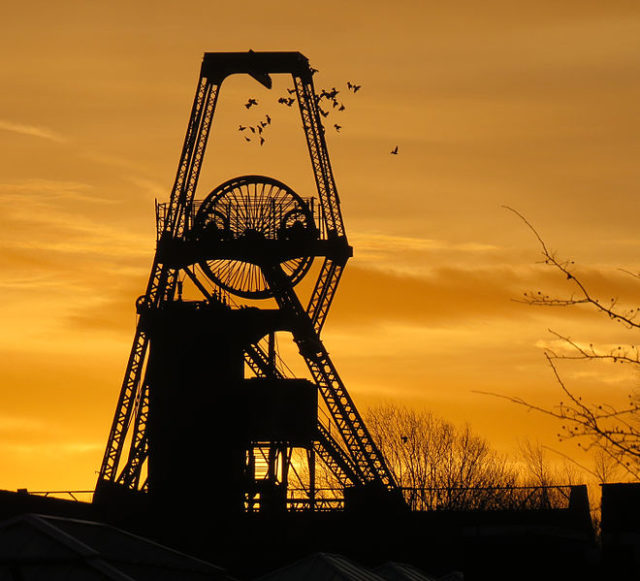
That day the whole area was shaken by an explosion that killed 24 people as a result of improper handling of an underground blacksmith’s furnace. The explosion was so severe that it caused the Laura Pit to collapse.
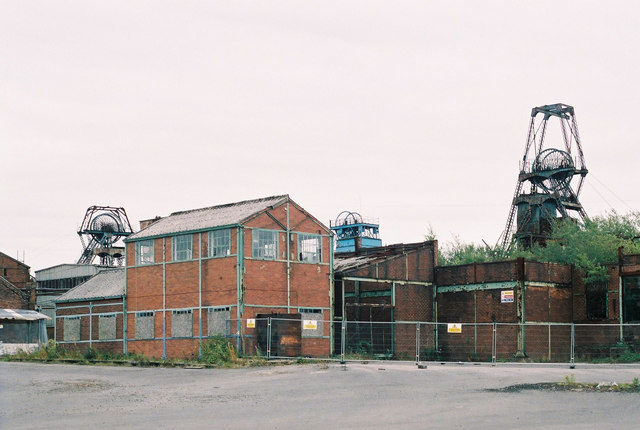
During the 1920s and 30s, the mine was heavily hit by the economic recession but managed to recover during the beginning of the Second World War. More than a quarter of a million pounds was invested in building a new factory, workshops, and further improving the mines.
In 1939, Chatterley Whitfield mine achieved the production of one million tons of coal per year. After WWII, the mines were further restructured, making them even more efficient.
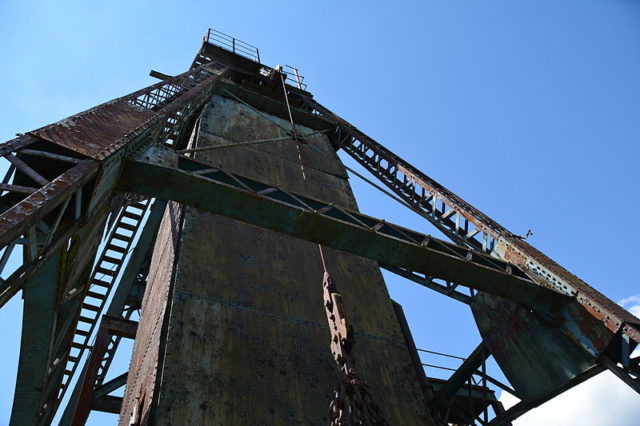
The mine was officially closed in 1977, on March the 25th. One year later, it was opened as a museum that attracted thousands of visitors every year. After some time, underground tours were forbidden because of the risk of flooding.
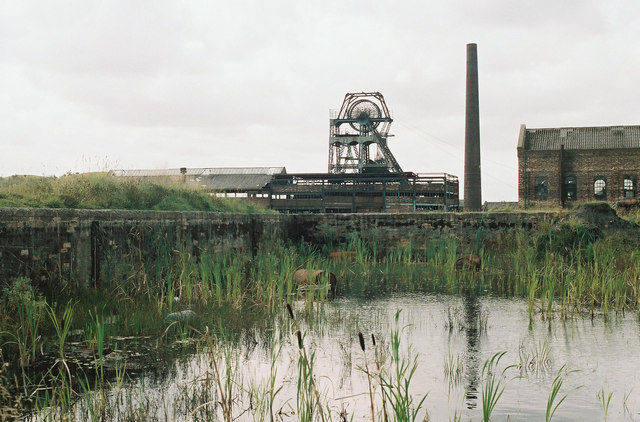
Today part of the mining structures remain, while the rest of it, after an investment of millions of pounds, has been converted to a public park.
